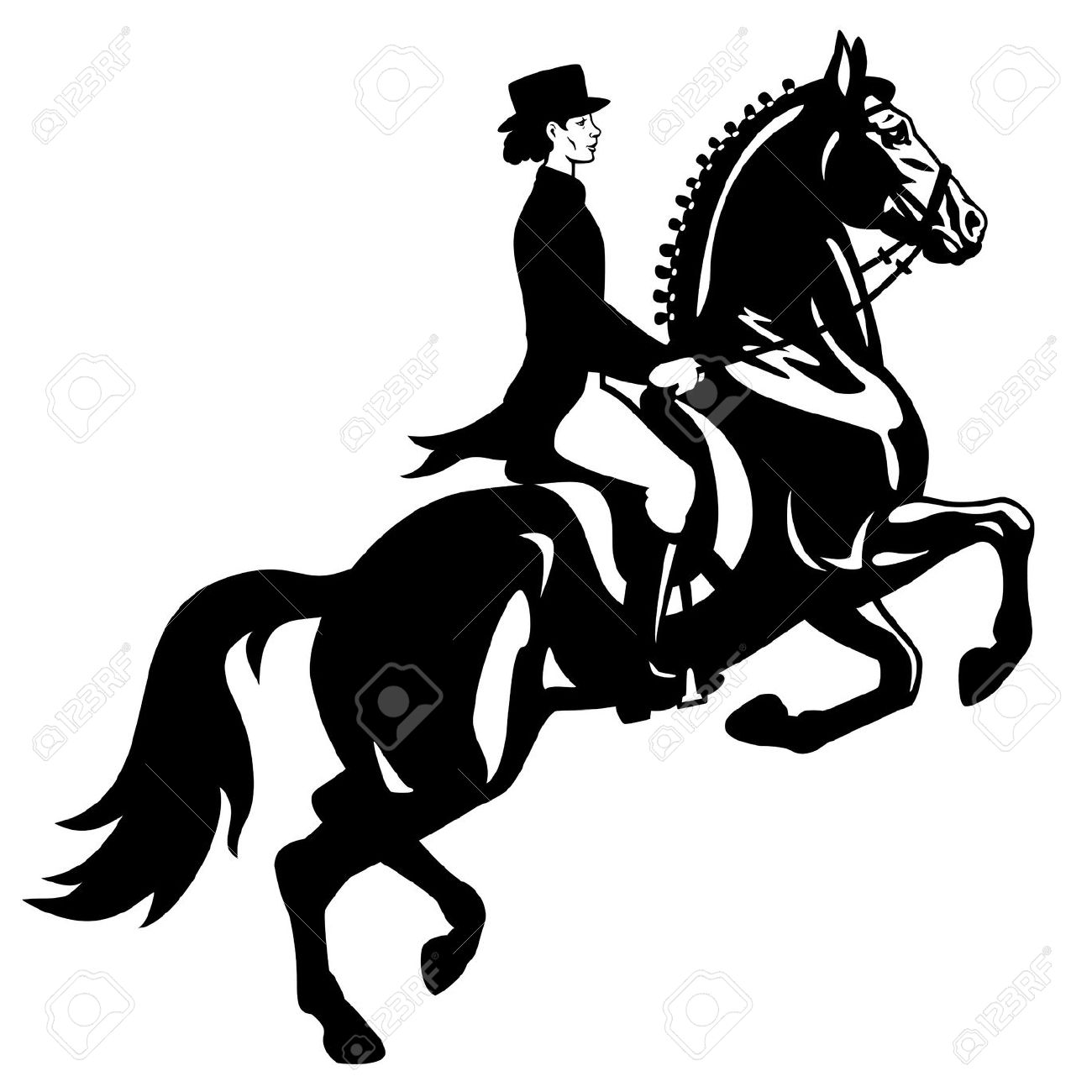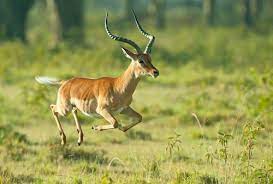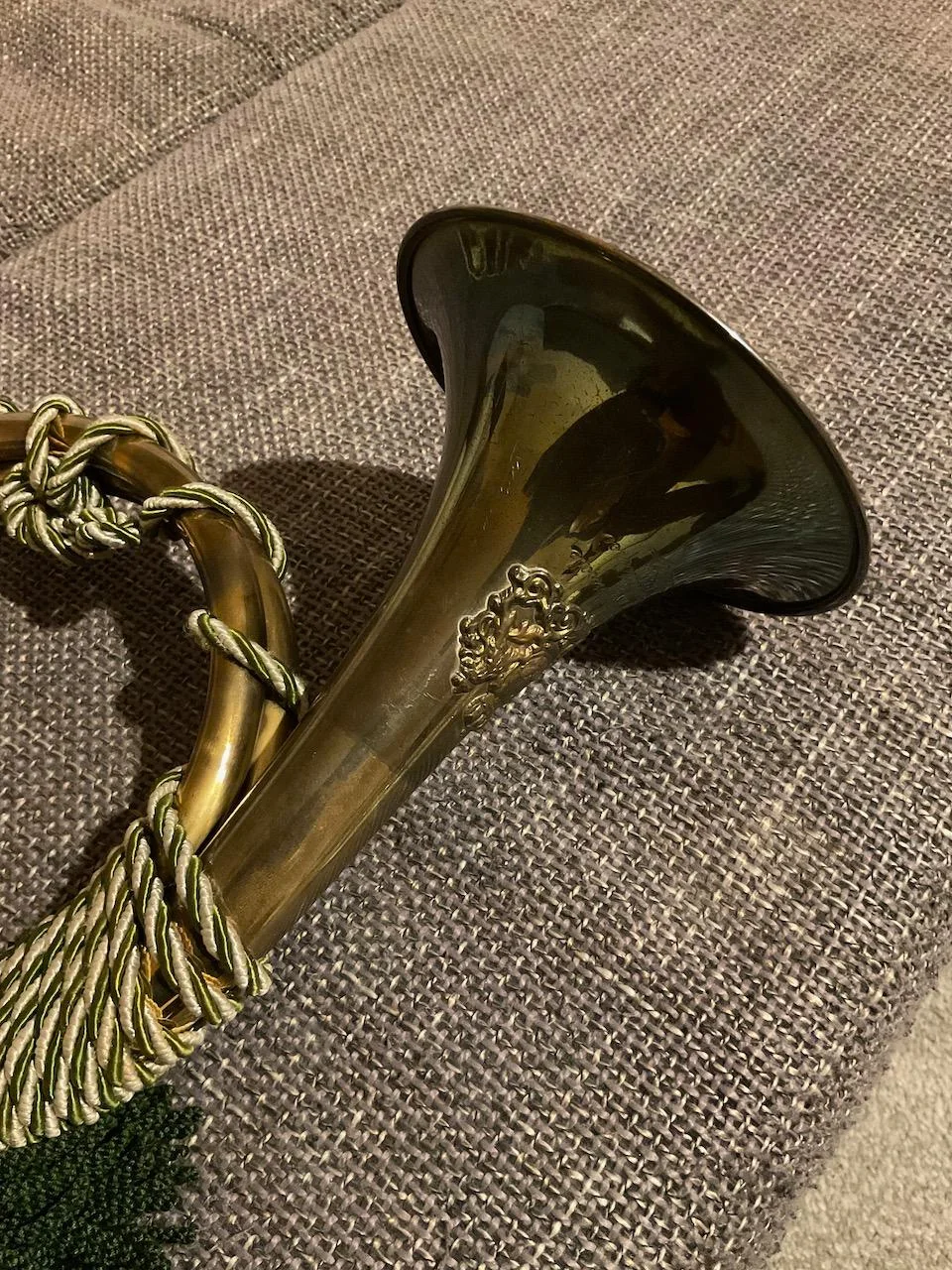Stamp: Vinnytsia Emergency overprint no. 3 (Cinderellas 1993)
Vinnytsia Emergency overprint no. 3 (Cinderellas 1993)
01 January (Cinderellas ) within release Ukraine goes into circulation Stamp Vinnytsia Emergency overprint no. 3 face value 250 Ukrainian karbovanets
| Stamp Vinnytsia Emergency overprint no. 3 in catalogues | |
|---|---|
| Colnect codes: | Col: UA-140 |
Stamp is vertical format.
Black on Celadon Trident on 1k USSR stamp issued 1988Also in the issue Ukraine:
- Stamp - Cruiser "Aurora" face value 35;
- Stamp - Vinnytsia 1st issue face value 3,000;
- Stamp - Obukhiv Emergency Issue face value 35;
- Stamp - Emergency overprints face value 15;
- Stamp - Zakarpattia Coat of Arm overprints face value 3;
- Stamp - Emergency overprints face value 6;
- Stamp - Obukhiv Emergency issue face value 9;
- Stamp - Sevastopol Overprints face value None;
- Stamp - Sevastopol Overprints face value None;
- Stamp - Obukhiv Emergency issue face value 200;
- Stamp - Zakarpattia Coat of Arm overprints face value 35;
- Stamp - Zakarpattia Coat of Arm overprints face value 25;
- Stamp - Obukhiv Emergency issue face value 45;
- Stamp - Vinnytsia 1st issue face value 50;
- Stamp - RIVNE 1st definitive issue face value 27;
- Stamp - Obukhiv Emergency issue face value 18;
- Stamp - Obukhiv Emergency issue face value 24;
- Stamp - Obukhiv Emergency Issue face value 15;
- Stamp - Obukhiv Emergency issue face value 50;
- Stamp - Zakarpattia Coat of Arm overprints face value 15;
- Stamp - Obukhiv Emergency Issue face value 90;
- Stamp - Sevastopol Overprints face value None;
- Stamp - RIVNE 1st definitive issue face value 1,000;
- Stamp - 2nd SUMY Emergency Issue face value 15;
- Stamp - Obukhiv Emergency issue face value 9;
- Stamp - RIVNE 1st definitive issue face value 150;
- Stamp - Obukhiv Emergency issue face value 18;
- Stamp - 2nd SUMY Emergency Issue face value 70;
- Stamp - Obukhiv Emergency Issue face value 50;
- Stamp - Obukhiv Emergency Issue face value 15;
- Stamp - Obukhiv Emergency issue face value 200;
- Stamp - Obukhiv Emergency issue face value 250;
- Stamp - RIVNE 1st definitive issue face value 54;
- Stamp - 2nd SUMY EMERGENCY issue face value 70;
- Stamp - Obukhiv Emergency Issue face value 6;
- Stamp - 2nd SUMY Emergency Issue face value 3;
- Stamp - 3rd SUMY Emergency Issue no. 2 face value 15;
- Stamp - Obukhiv Emergency Issue face value 90;
- Stamp - Vinnytsia Emergency overprint no. 3 face value 250;
- Stamp - Vinnytsia Emergency overprint no. 3 face value 500;
- Stamp - Obukhiv Emergency issue face value 100;
- Stamp - Zakarpattia Coat of Arm overprints face value 15;
- Stamp - Obukhiv Emergency Issue face value 3;
- Stamp - Vinnytsia 1st issue face value 27;
- Stamp - Vinnytsia Emergency overprint no. 3 face value 250;
- Stamp - Emergency overprints face value 3;
- Stamp - 2nd SUMY Emergency Issue face value 9;
- Stamp - Obukhiv Emergency issue face value 250;
- Stamp - Obukhiv Emergency Issue face value 3;
- Stamp - RIVNE 1st definitive issue face value 300;
- Stamp - Vinnytsia 1st issue face value None;
- Stamp - Obukhiv Emergency Issue face value 70;
- Stamp - Obukhiv Emergency issue face value 24;
- Stamp - 2nd SUMY Emergency Issue face value 70;
- Stamp - Obukhiv Emergency Issue face value 90;
- Stamp - RIVNE 1st definitive issue face value 72;
- Stamp - Obukhiv Emergency issue face value 45;
- Stamp - Obukhiv Emergency issue face value 100;
- Stamp - Zakarpattia Coat of Arm overprints face value 6;
- Stamp - RIVNE 1st definitive issue face value 100;
- Stamp - Vinnytsia Emergency overprint no. 3 face value 500;
- Stamp - Obukhiv Emergency Issue face value 35;
- Stamp - Obukhiv Emergency Issue face value 3;
- Stamp - Emergency overprints face value 95;
- Stamp - Vinnytsia 1st issue face value 500;
- Stamp - Obukhiv Emergency Issue face value 70;
- Stamp - Zakarpattia Coat of Arm overprints face value 20;
- Stamp - Emergency overprints face value 85;
- Stamp - Obukhiv Emergency Issue face value 35;
- Stamp - Obukhiv Emergency Issue face value 6;
- Stamp - Obukhiv Emergency Issue face value 6;
- Stamp - Obukhiv Emergency Issue face value 15;
- Stamp - Obukhiv Emergency Issue face value 70;
- Stamp - RIVNE 1st definitive issue face value 250;
- Stamp - RIVNE 1st definitive issue face value 50;
- Stamp - RIVNE 1st definitive issue face value 36;
- Stamp - Melitopol 2nd Emergency Issue face value 65;
- Stamp - Melitopol 2nd Emergency Issue face value 3;
- Stamp - Sevastopol Overprints face value 250;
- Stamp - Sevastopol Overprints face value 250;
- Se-tenant - Sevastopol Overprints face value 100;
- Stamp - Melitopol 2nd Emergency Issue face value 2;
- Se-tenant - Sevastopol Overprints face value 100;
- Stamp - Sevastopol Overprints face value 750;
- Stamp - Melitopol 1st Emergency issue face value 15;
- Se-tenant - Sevastopol Overprints face value 200;
- Se-tenant - Sevastopol Overprints face value 250;
- Stamp - Melitopol 3rd Emergency Issue face value 65;
- Se-tenant - Sevastopol Overprints face value 500;
- Stamp - Melitopol 2nd Emergency Issue face value 3;
- Stamp - Sevastopol Overprints face value 750;
- Stamp - Melitopol 3rd Emergency Issue face value 15;
- Stamp - Melitopol 3rd Emergency Issue face value 3;
- Stamp - Sevastopol Overprints face value 500;
- Stamp - Melitopol 3rd Emergency Issue face value 2;
- Se-tenant - Sevastopol Overprints face value 500;
- Se-tenant - Sevastopol Overprints face value 500;
- Se-tenant - Sevastopol Overprints face value 200;
- Stamp - Melitopol 1st Emergency issue face value 65;
- Stamp - Melitopol 2nd Emergency Issue face value 15;
- Se-tenant - Sevastopol Overprints face value 250;
- Stamp - Melitopol 2nd Emergency Issue face value 15;
- Stamp - Sevastopol Overprints face value 150;
- Se-tenant - Sevastopol Overprints face value 100;
- Stamp - Melitopol 1st Emergency Issue face value 3;
- Stamp - Melitopol 1st Emergency Issue face value 2;
- Stamp - Sevastopol Overprints face value 250;
- Stamp - Melitopol 3rd Emergency Issue face value 15;
- Stamp - Sevastopol Overprints face value 500;
- Stamp - Melitopol 2nd Emergency Issue face value 65;
- Stamp - Melitopol 3rd Emergency Issue face value 3;
- Stamp - Sevastopol Overprints face value 250;
- Se-tenant - Sevastopol Overprints face value 250;
- Stamp - Melitopol 2nd Emergency Issue face value 15;
- Stamp - Sevastopol Overprints face value 50;
- Stamp - Melitopol 1st Emergency Issue face value 6;
- Stamp - Melitopol 3rd Emergency Issue face value 6;
- Stamp - Melitopol 1st Emergency Issue face value 65;
- Stamp - Melitopol 2nd Emergency Issue face value 2;
- Se-tenant - Sevastopol Overprints face value 200;
- Se-tenant - Sevastopol Overprints face value 500;
- Stamp - Melitopol 3rd Emergency Issue face value 65;
- Se-tenant - Sevastopol Overprints face value 200;
- Stamp - Sevastopol Overprints face value 50;
- Stamp - Sevastopol Overprints face value 200;
- Stamp - Melitopol 2nd Emergency Issue face value 6;
- Stamp - Melitopol 3rd Emergency Issue face value 2;
- Se-tenant - Sevastopol Overprints face value 250;
- Stamp - Sevastopol Overprints face value 500;
- Stamp - Melitopol 1st Emergency issue face value 2;
- Stamp - Sevastopol Overprints face value 150;
- Stamp - Melitopol 1st Emergency Issue face value 15;
- Se-tenant - Sevastopol Overprints face value 100;
- Stamp - Melitopol 1st Emergency issue face value 6;
- Stamp - Zhovti Vody Emergency Overprints face value 20;
- Stamp - Zhovti Vody Emergency Overprints face value 25;
- Stamp - Zhovti Vody Emergency Overprints face value 3;
- Stamp - Zhovti Vody Emergency Overprints face value 15;
- Stamp - Zhovti Vody Emergency Overprints face value 6;
- Se-tenant - Velikoanadolsky Forest face value 150;
- Se-tenant - Velikoanadolsky Forest - Inverted Overprint face value 150;
Stamp Vinnytsia Emergency overprint no. 3 it reflects the thematic directions:
Stemming from military practices and a long tradition of teaching by equestrians such as La Guérinière and François Baucher, traditional French equestrianism is essentially represented at the Cadre Noir de Saumur. The practice of equestrianism has evolved towards sport and leisure, opening up to the general public. At the end of the 20th century, the sport became much more democratic, with a sharp rise in the number of riders, particularly young people and women. The teaching of equestrianism as a leisure sport in France is based on the existence of over 8,000 riding schools, which make trained horses available to the public. Their establishment is supported by the French government thanks to a reduced VAT rate from 2004 to 2013. At the end of 2013, riders and industry professionals protested against the increase in VAT on their activity.
A horn is a permanent pointed projection on the head of various animals that consists of a covering of keratin and other proteins surrounding a core of live bone. Horns are distinct from antlers, which are not permanent. In mammals, true horns are found mainly among the ruminant artiodactyls,[not verified in body] in the families Antilocapridae (pronghorn) and Bovidae (cattle, goats, antelope etc.). Cattle horns arise from subcutaneous connective tissue (under the scalp) and later fuse to the underlying frontal bone.
The horse (Equus ferus caballus) is one of two extant subspecies of Equus ferus. It is an odd-toed ungulate mammal belonging to the taxonomic family Equidae. The horse has evolved over the past 45 to 55 million years from a small multi-toed creature, Eohippus, into the large, single-toed animal of today. Humans began to domesticate horses around 4000 BC, and their domestication is believed to have been widespread by 3000 BC. Horses in the subspecies caballus are domesticated, although some domesticated populations live in the wild as feral horses. These feral populations are not true wild horses, as this term is used to describe horses that have never been domesticated, such as the endangered Przewalski's horse, a separate subspecies, and the only remaining true wild horse. There is an extensive, specialized vocabulary used to describe equine-related concepts, covering everything from anatomy to life stages, size, colors, markings, breeds, locomotion, and behavior.
The post horn is a valveless cylindrical brass instrument with a cupped mouthpiece. The instrument was used to signal the arrival or departure of a post rider or mail coach. It was used by postilions of the 18th and 19th centuries.
A symbol is a mark, sign, or word that indicates, signifies, or is understood as representing an idea, object, or relationship. Symbols allow people to go beyond what is known or seen by creating linkages between otherwise very different concepts and experiences. All communication (and data processing) is achieved through the use of symbols. Symbols take the form of words, sounds, gestures, ideas, or visual images and are used to convey other ideas and beliefs. For example, a red octagon is a common symbol for "STOP"; on maps, blue lines often represent rivers; and a red rose often symbolizes love and compassion. Numerals are symbols for numbers; letters of an alphabet may be symbols for certain phonemes; and personal names are symbols representing individuals.





